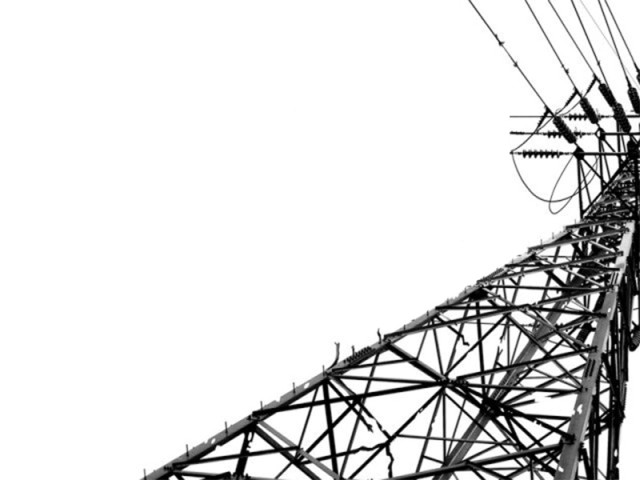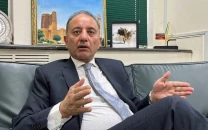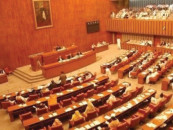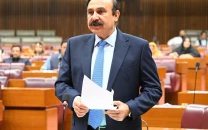Middle-income class: Power tariff to come down by 20%
Government approaches NEPRA to add one more slab to electricity bills.

As protests held by the Pakistan Tehreek-e-Insaf (PTI) pick up pace, the Pakistan Muslim League-Nawaz (PML-N) government has decided to introduce an additional slab to give some relief to power consumers, which will bring down tariff by 20% for the middle-income class, officials say.
Earlier, the government had abolished slabs and kept only one slab of 200 units per month after coming into power, resulting in a huge increase in electricity bills for the middle-income domestic consumers.

In a bid to implement the new plan, the government has approached the National Electric Power Regulatory Authority (Nepra) to introduce one more slab of 301-500 units for the consumers through a petition filed by power distribution companies.
However, it will lead to an increase of 4-6% in power tariff for industrial, commercial and bulk consumers, who will pay Rs22 billion in cross-subsidy to the middle class.
Officials said the power regulator would decide on introducing the new slab after conducting public hearings to address the concerns of all stakeholders including commercial and bulk consumers. The tariff is being reduced after complaints from the people who received bills of thousands of rupees in July and August 2014. The power companies have started making recoveries, which were credited in installments. Now, the consumers are again receiving hefty bills.
According to the officials, the Ministry of Water and Power has proposed that the cabinet should add one more slab to power consumers covering consumption of 301-500 units in order to cut tariff for the domestic users by 20%.
The financial impact of this proposal has been estimated at Rs22 billion. For its recovery, industrial tariff will be revised upwards by Rs0.72 per unit whereas for commercial and bulk consumers the tariff will be increased by Rs1 per unit.

This will cause an increase of 4-6% in the bills of industrial and commercial consumers.
In October 2013, the government had increased power tariff because of a limited fiscal space. Audit firms later revealed higher billing estimated at Rs9.5 billion, an increase of 31%, due to tariff hike and reduction in slab benefits.
Had the tariff not been revised, the government believed the circular debt would have increased by Rs150 billion even after the grant of subsidy of Rs200 billion. The slab reduction affected those domestic consumers who consume more than 300 units.
Officials of the Ministry of Water and Power say the impact of the revision in tariff because of the elimination of slab benefits for consumers using up to 100 units per month was zero. However, the impact on consumers using 101-300 units was 28% and for 301-700 units up to 52%.
Published in The Express Tribune, December 9th, 2014.
Like Business on Facebook, follow @TribuneBiz on Twitter to stay informed and join in the conversation.



















COMMENTS
Comments are moderated and generally will be posted if they are on-topic and not abusive.
For more information, please see our Comments FAQ